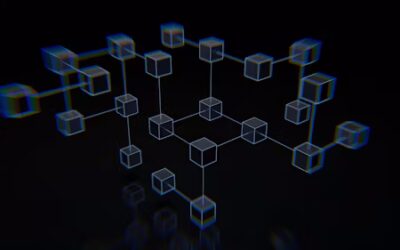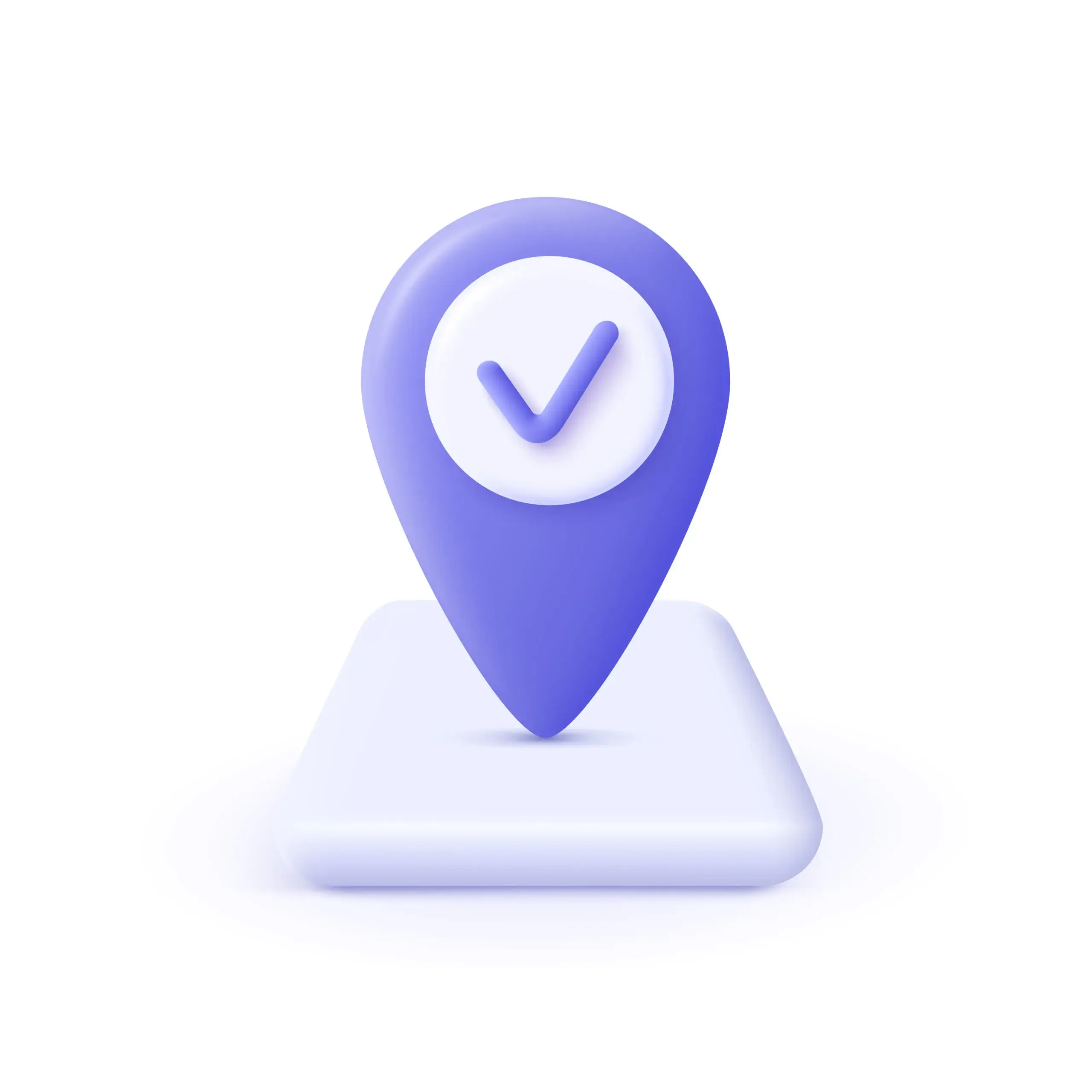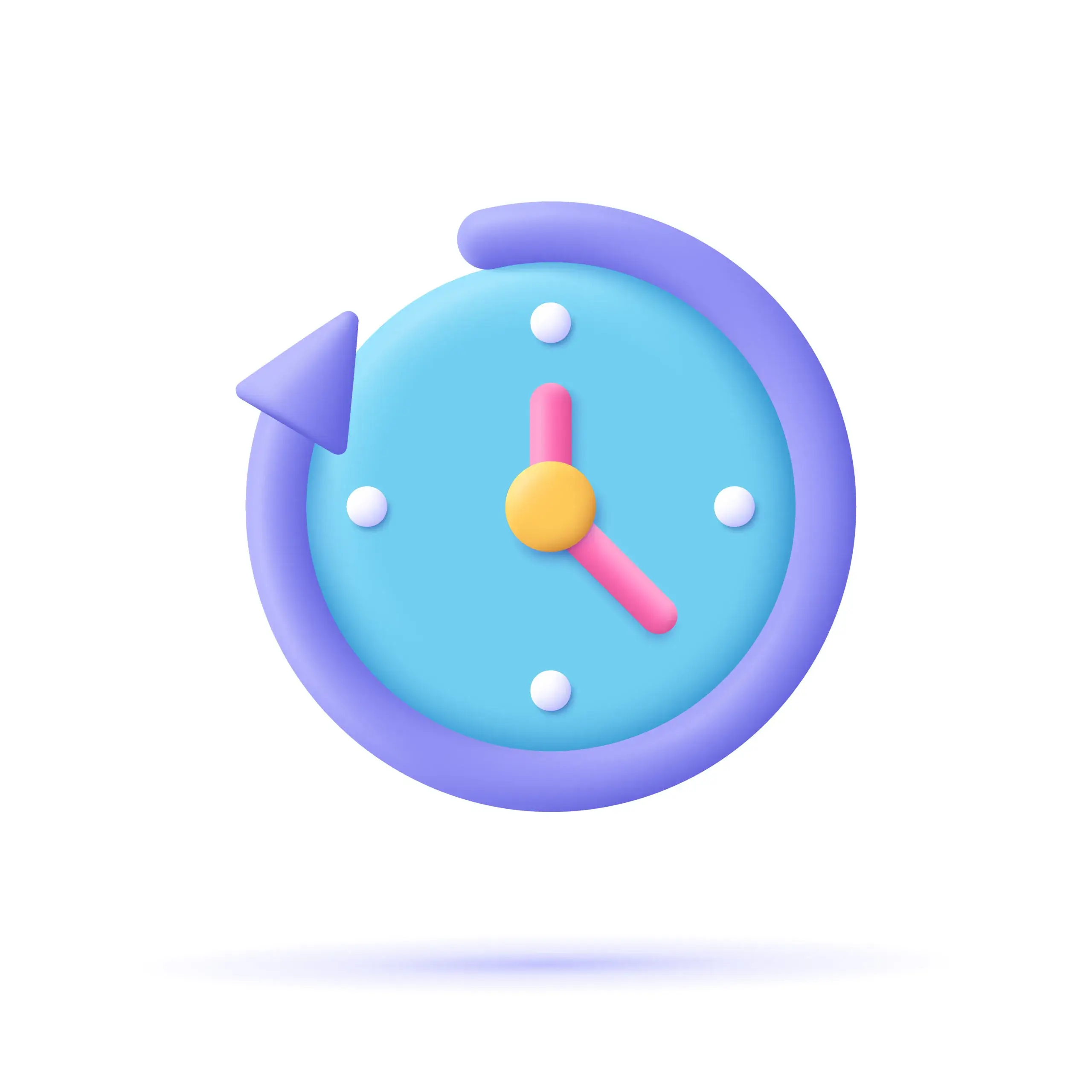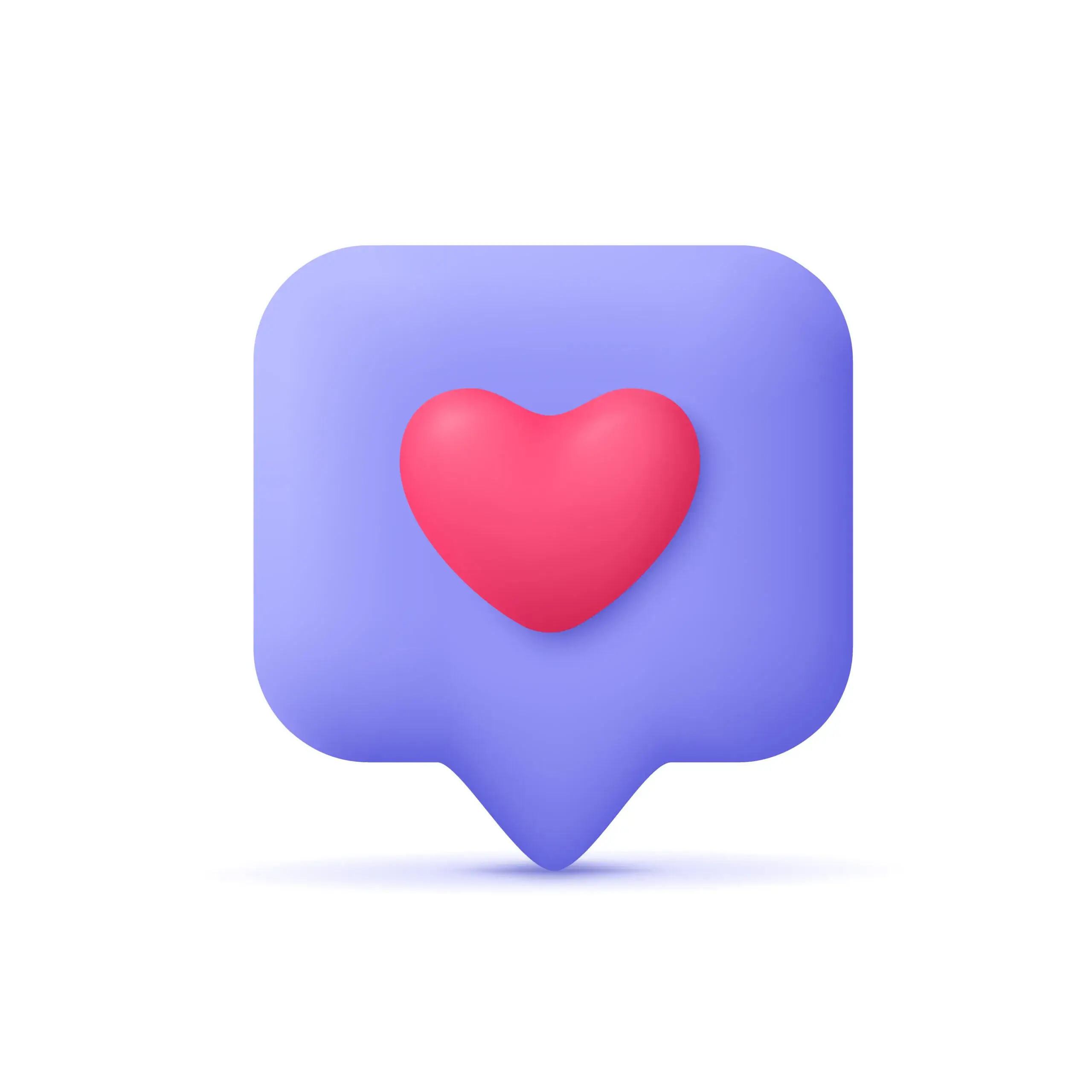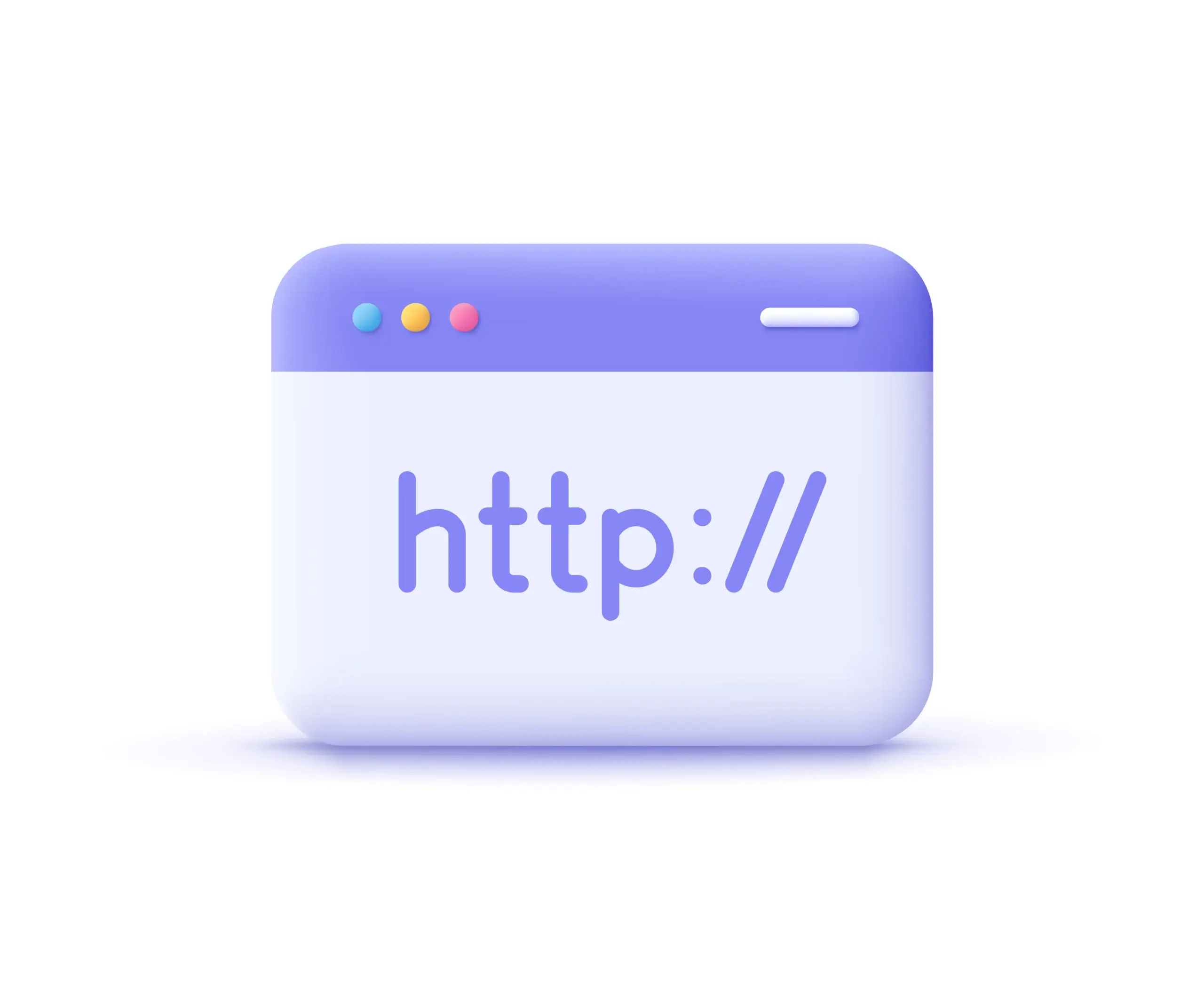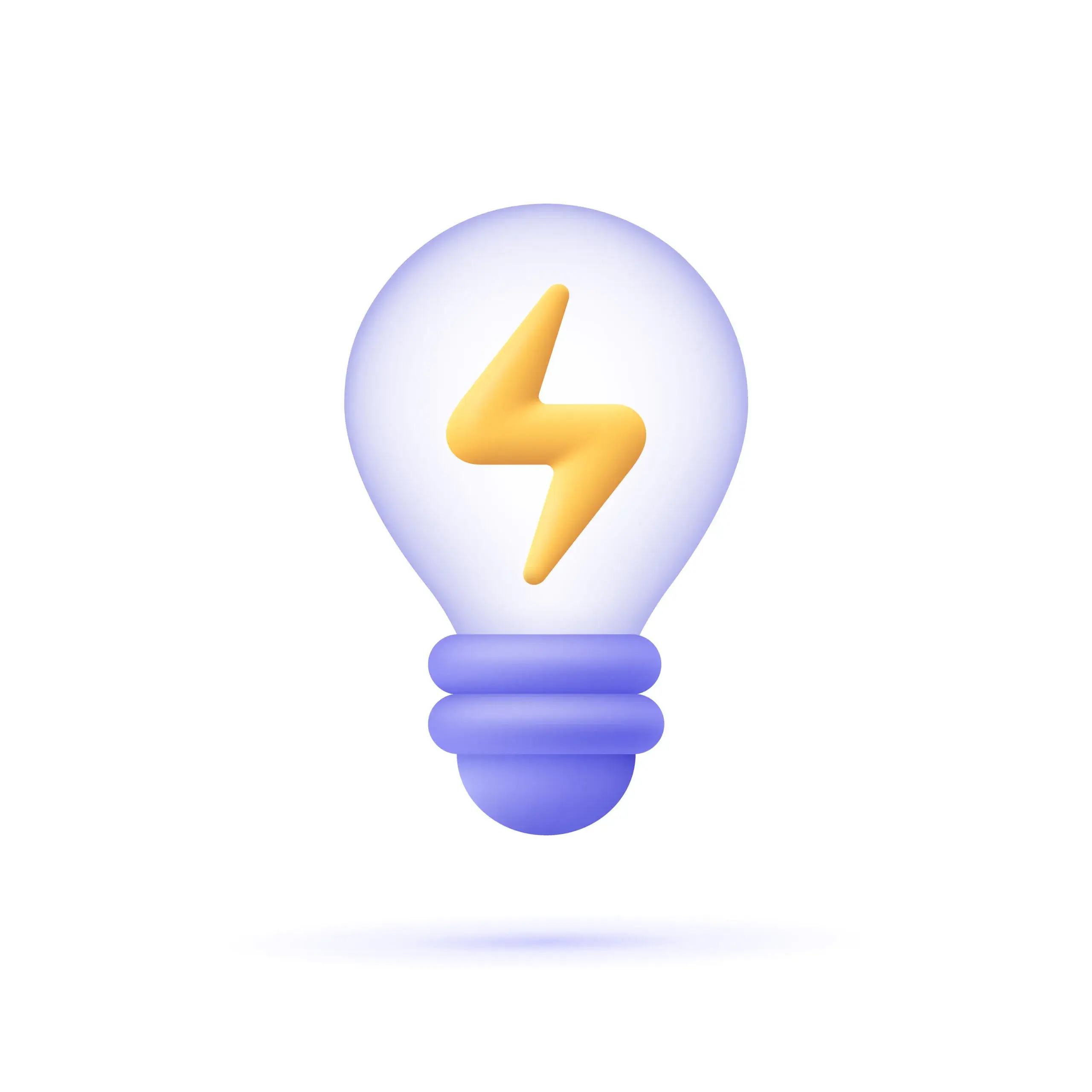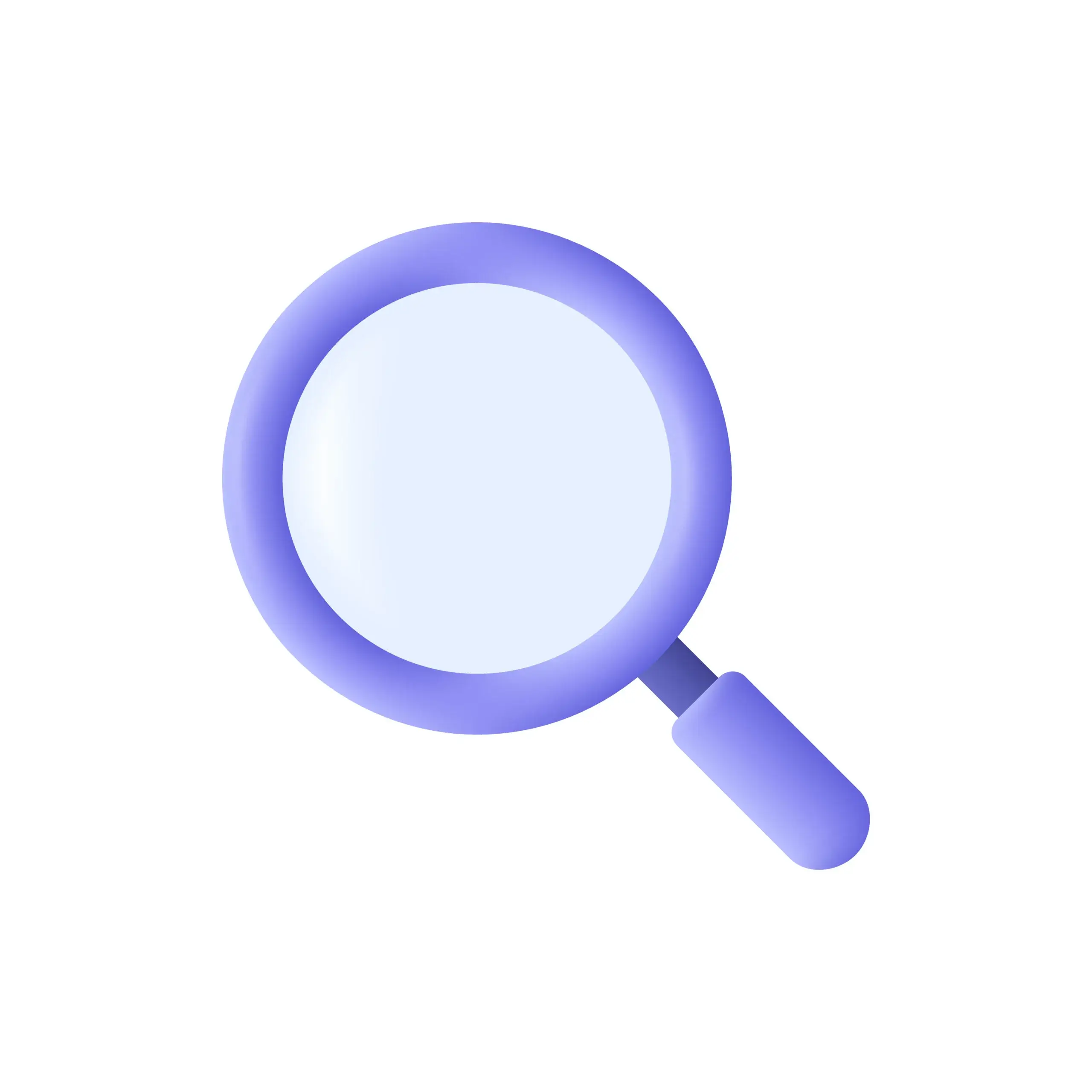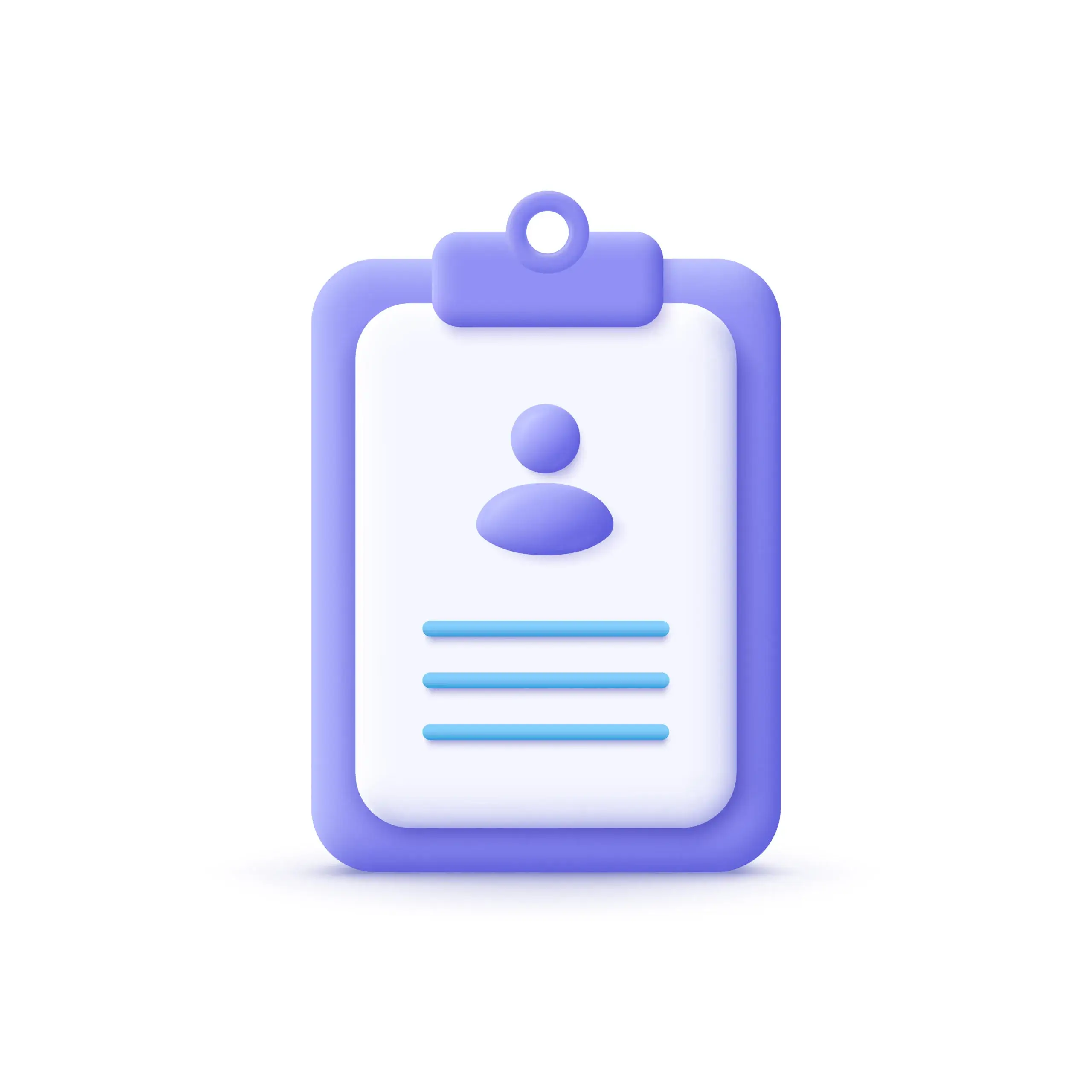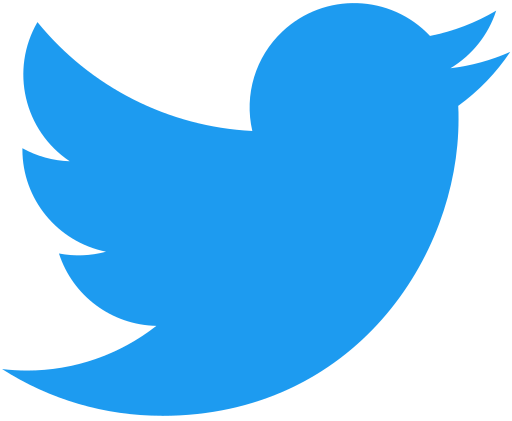Whether you want to power your business tools, data scraping, machine learning, or create the next viral app, you’ll likely come across clients and forums debating Go vs Python. Both languages shape tech as we know it, but they each have strengths that fit distinct needs.
What is Go?
Go, also called Golang, was released by Google in 2009. It’s designed to be simple, fast, and super efficient, especially for systems that need scalability and quick performance.
Key Features of Go
- Compiled Language (produces fast code, no interpreter needed)
- Concurrency Support (goroutines and channels)
- Strong Static Typing (fewer runtime errors)
- Simple Syntax (easy to learn for most programmers)
- Great for Networking (web servers, APIs, scraping tasks)
Go is widely chosen by companies needing reliable tools to handle high volumes of requests, like web servers and backend APIs.
GoLogin Proxies: Easy Integration Tutorial
What is Python?
Python appeared back in 1991 and quickly became the “Swiss Army knife” of programming. Devs prize its readable syntax and gigantic ecosystem for everything from data science and automation to app development.
Chromedriver Proxy with Selenium using Python
Key Features of Python
- Interpreted Language (runs code line by line, making debugging easy)
- Dynamic Typing (faster experimentation, less strict than Go)
- Vast Standard Library (ready-made tools for almost any task)
- Numerous Frameworks (Django, Flask, TensorFlow, Pandas)
- Popular for AI and ML (easy access to machine learning libraries)
Python’s flexibility means you’ll spot it in everything from scientific research tools to the backend of social media apps.
Chromedriver Proxy with Selenium using Python
Performance and Speed in 2025
Go wins on raw speed, hands down. As a compiled language, Go can execute requests far faster than Python, especially under heavy loads.
Recent benchmarks (2025):
- Go HTTP server handled up to 1 million requests per second on standard cloud hardware (average latency sub-millisecond).
- Python HTTP server (Flask) peaked near 80,000 requests per second on similar hardware (higher latency).
For web scraping, API handling, or data pipelines requiring super low latency, Go is a go-to solution.
Scalability and Concurrency
Go was literally built for scalability. It’s why big tech companies moved some backend services from Python to Go.
- Goroutines and channels let Go process thousands of operations at once, lightweight on memory, and easy to manage.
- Python’s threading is robust, but Global Interpreter Lock (GIL) can slow multi-threaded performance.
Ecosystem and Libraries
Python’s greatest strength is its ecosystem. Data science, machine learning, numerical modeling, and scientific computing are all dominated by Python’s vast selection of mature libraries.
Go is catching up. While it lacks some of the heavy data libraries, its standard library covers most web, cloud, and API development. Developers also report that Go’s package management system and growing open source offerings in 2025 make it easy to build robust backend applications.
Python Libraries (2025 highlights):
- Pandas (data wrangling)
- TensorFlow & PyTorch (machine learning)
- Flask & Django (web frameworks)
- Requests & BeautifulSoup (web scraping)
Go Libraries (2025 highlights):
- Gin & Echo (web frameworks)
- Colly (web scraping)
- gRPC (machine-to-machine comms)
- Go Cloud (cloud infrastructure)
Use Cases: When to Pick Go or Python?
Pick Go If You Need:
- Fast web servers for APIs, backend, or intensive data collection
- Concurrency and scalability (thousands of simultaneous tasks)
- Enterprise applications needing rock-solid stability
- Efficient proxy management and high-volume scraping (see proxy management tools)
Pick Python If You Need:
- Rapid prototyping and data exploration
- Machine learning, AI, and advanced analytics
- Automation scripts and small web apps
- Access to hundreds of libraries for nearly any problem
Which Language Should You Choose in 2025?
There’s no right or wrong answer, but think about your main goal.
If you need blazing speed and scalability for data-intensive apps, Go is ideal.
If you’re building machine learning, useful automations, or quick prototypes, Python’s the go-to.
If your project involves large-scale data collection, web scraping, or proxy management, Go offers reliable speed and stability, especially with robust API integrations and concurrent connections.
How ProxyEmpire Stands Out
ProxyEmpire is a premium proxy service provider designed to empower web scraping, data collection, and unrestricted internet access through a vast network of ethically sourced residential, mobile, and datacenter proxies. Below is a detailed description based on the provided information:
Overview of ProxyEmpire
ProxyEmpire offers a comprehensive suite of proxy solutions tailored for individuals, businesses, and developers seeking reliable, high-performance tools for data gathering, privacy protection, and bypassing geo-restrictions. With over +30 million clean IP addresses spanning 170+ countries, ProxyEmpire provides unparalleled global coverage, ensuring users can access content at scale with a 99.9% uptime and lightning-fast response times (as low as 0.6 seconds).
Proxy Types and Features:
🏘️ Rotating Residential Proxies
Key Benefits
- Global Reach: Access to over +30 million IPs worldwide, covering every major region, with precise targeting options (country, city, state, ASN/ISP).
- High Reliability: A 99.86% uptime ensures uninterrupted service, supported by patented technology for enhanced speed and security.
- Ethical Sourcing: Proxies are responsibly harvested, ensuring quality and compliance.
- Versatile Use Cases: Supports web scraping, price monitoring, sneaker copping, SEO tracking, ad verification, and more.
- Integration-Friendly: Compatible with standard proxy protocols (HTTP, SOCKS5) and third-party tools like Multilogin, Dolphin Anty, Kameleo, Octobrowser, and Gologin.
- No Hidden Fees: Transparent pricing with all features included, starting at a $1.97 trial.
Use case:
Why Choose ProxyEmpire?
- Massive Proxy Pool: Over +30 million IPs, outpacing competitors with broader coverage and quality.
- Superior Performance: High success rates (up to 99.95% for scraping) and industry-leading speeds.
- User-Friendly: Intuitive dashboard, developer-friendly documentation, and 24/7 support with dedicated account managers for corporate clients.
- Cost-Effective: Flexible pricing with no limits on concurrent sessions and a rollover data feature unique to ProxyEmpire.
FAQ:
1. What are the main differences between Go and Python?
The biggest difference lies in their design purpose and architecture.
- Go (Golang) was built for speed, concurrency, and scalability, ideal for backend systems, APIs, and microservices.
- Python was built for simplicity, readability, and flexibility, making it perfect for data science, AI, and general-purpose programming.
2. Which language is faster, Go or Python?
Go is significantly faster than Python. It compiles to machine code and executes directly, while Python is interpreted, which slows performance. In performance tests, Go often completes tasks in fractions of a second, while Python can take minutes for the same process.
3. Is Go easier to learn than Python?
Python is easier to learn, especially for beginners. Its simple syntax, readability, and vast community make it a great starting point. Go is also beginner-friendly but slightly more technical due to its compiled structure and stricter typing.
4. Which language is better for web scraping in 2025?
For speed and multithreading, Go wins. When it comes to complex scraping tasks and advanced parsing, Python wins because of its mature libraries like BeautifulSoup and Scrapy. In short:
- Simple, large-scale scraping → Go
- Complex, structured scraping → Python
5. Which one is better for scalability and performance?
Go dominates scalability. Its lightweight goroutines enable developers to handle thousands of concurrent tasks efficiently. Python, being single-threaded, struggles under heavy concurrent loads unless combined with external frameworks like AsyncIO or Celery.
6. Which language is better for machine learning and AI?
Python remains the leader in AI and machine learning. Its ecosystem includes powerful libraries like TensorFlow, PyTorch, and scikit-learn. Go’s ML capabilities are growing, but its library support is still limited in comparison.
7. What makes Go so fast compared to Python?
Go’s compiled nature, static typing, and memory-efficient concurrency model make it extremely fast. Python’s interpreted and dynamically typed design requires runtime type checking, which adds execution overhead.
8. Is Go better than Python for backend development?
For microservices, APIs, and cloud-based applications, Go is the better choice. It was designed for backend performance and concurrency. Python can still perform well for smaller or less demanding backends, especially when using frameworks like Django or FastAPI.
9. Which programming language has more libraries and community support?
Python wins by a large margin. Its libraries cover nearly every domain: data analysis, AI, automation, visualization, and web development. Go’s library ecosystem is smaller but rapidly expanding, especially for networking, cloud services, and DevOps.
10. Is Go replacing Python in 2025?
Not at all, the two languages serve different purposes. While Go is gaining popularity for high-performance applications, Python still dominates in education, data science, and AI. In reality, many companies use both languages in parallel, depending on the project.
11. Which companies use Go and Python?
- Go: Used by Google, Uber, Dropbox, Cloudflare, and Twitch for backend and infrastructure.
- Python: Used by NASA, Netflix, Spotify, and Instagram for data analysis, automation, and AI-driven features.
12. How does concurrency differ between Go and Python?
Go has native concurrency with goroutines, allowing efficient parallel task execution with minimal memory usage. Python relies on threading and multiprocessing, which are heavier and less efficient due to the Global Interpreter Lock (GIL).
13. Which language is more suitable for startups or fast prototyping?
Python is more suitable for startups. Its quick development cycle, abundance of frameworks, and readability make it perfect for rapid prototyping and proof-of-concept apps. Go, however, is ideal for scaling those prototypes into production once performance becomes a priority.
14. How does Go compare to Python in terms of memory usage?
Go is more memory-efficient, thanks to its optimized concurrency and garbage collection. Python can consume more memory due to its dynamic typing and heavy dependency on external libraries.
15. Which language should developers learn in 2025?
It depends on your goals:
- If you want to work in AI, data science, automation, or research → Learn Python.
- If you’re interested in cloud infrastructure, high-performance systems, or backend development → Learn Go. For many developers, mastering both is a strategic advantage.
16. What are the disadvantages of Go compared to Python?
- Smaller library ecosystem
- Less documentation and community experience
- Verbose code and boilerplate for certain tasks
- Limited support for GUI and data visualization
17. What are the disadvantages of Python compared to Go?
- Slower performance
- Poor concurrency handling
- Higher memory usage
- Difficult to scale for large concurrent systems
18. Which one has better job opportunities in 2025?
Both have strong demand, but in different markets:
- Go developers are highly sought after in cloud computing, DevOps, and backend engineering.
- Python developers dominate data science, AI, and automation roles.
19. Can Go be used for machine learning in the future?
Yes, Go’s role in ML is growing steadily. New frameworks like Gorgonia and GoLearn are emerging, and Go’s concurrency and compilation speed make it promising for edge AI and real-time ML processing.
20. Which language will dominate in the next 5 years?
Neither will fully dominate, they will coexist. Python will remain the go-to for AI, automation, and education, while Go will lead in cloud-native, concurrent, and scalable systems. Both will continue evolving and complement each other in the tech landscape.



